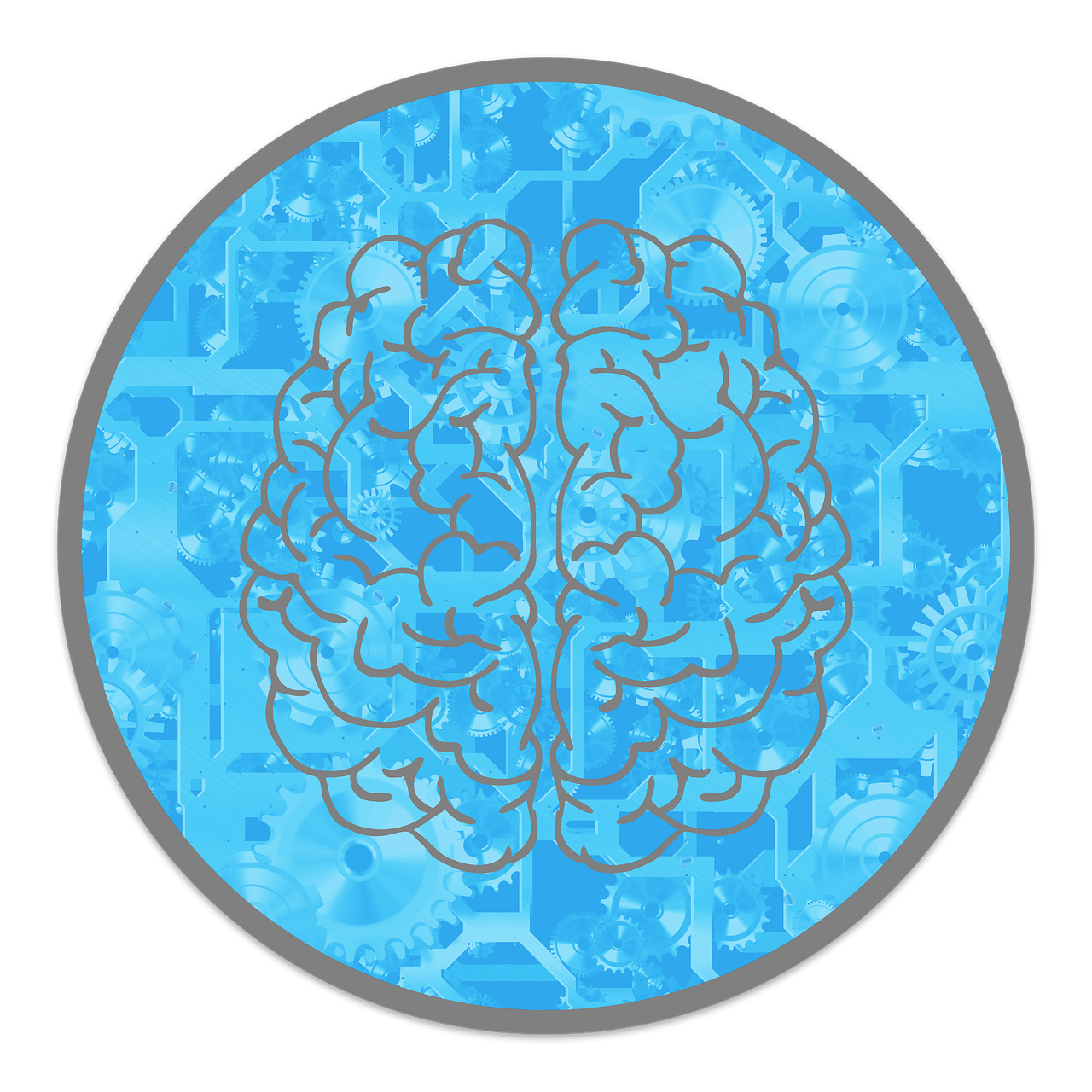
Life moves at Netflix speed—you’re picking lunch one minute, planning a career plot twist the next.
Decisions are nonstop.
And while thinking is good, overthinking? Total brain freeze.
Cue analysis paralysis: the mental version of scrolling Netflix for an hour and watching…nothing.
So how do you choose smart without turning every decision into a detective drama?
This article’s got your back with quick, science-backed tips to help you decide faster, worry less, and maybe even have fun with it.
Think of it like upgrading your brain from buffering to binge-ready.
Why Do We Overthink Decisions?
So, why do we overthink decisions like it’s our full-time job? Simple: we’re scared of messing up.
Nobody wants to pick the “wrong” thing and end up haunted by regret like it’s a bad plot twist in a drama series.
Research (shoutout to Sweeny & Vohs, 2012) shows that decision anxiety makes us stall—and feel worse about whatever we finally pick.
The more we stress, the harder it gets to just do the thing.
Classic overthinker trap.
But hey, there’s a way out.
Once you learn the different decision-making styles—and when to use them—it’s like unlocking a cheat code for your brain.
Less second-guessing, more confident action.

Key Decision-Making Strategies (and When to Use Them)
Let’s break down four go-to decision-making strategies, when to use them, and how to make them work without spiraling into a mental meltdown.
1. Intuitive decision-making
This is your gut talkin’.
It’s that feeling you get when you just know which taco truck is the real deal—no spreadsheet required.
When to use it:
Perfect for low-stakes, fast-moving decisions.
Think: picking a restaurant, what outfit to wear, or choosing between Netflix or HBO on a Tuesday night.
Why it works:
Psychologist Gerd Gigerenzer (aka the “gut whisperer”) found that intuition can be surprisingly spot-on—especially when you’ve got experience under your belt.
It’s your brain doing back-end processing like a ninja, without dragging you into a debate with yourself.
Quick tip:
Trust your gut when you know your stuff or the outcome isn’t life-or-death.
But maybe don’t choose your next business partner based on “a vibe.”
2. Rational (analytical) decision-making
The full-on Sherlock Holmes approach.
You gather facts, list pros and cons, and possibly break out a spreadsheet.
Basically, decision-making in glasses and a tie.
When to use it:
Great for high-stakes stuff—buying a house, switching careers, choosing which Marvel franchise to emotionally invest in next.
Why it works:
It slows things down (in a good way) and keeps your emotional bias in check.
You get clarity and confidence, not just feelings.
Quick tip:
Use a decision matrix (fancy term for a pro/con list with scores) when you’re torn between big options.
Bonus points if it has color coding.
3. Heuristics (rule of thumb)
Mental shortcuts—kind of like the CliffsNotes of decision-making. For example: “When in doubt, go with the middle-priced option,” or “If it takes more than 3 scrolls to find it on Amazon, pick something else.”
When to use it:
Perfect for mid-tier choices—like shopping, booking flights, or picking tools for your side hustle.
You need to be fast, but not careless.
Why it works:
It saves brainpower.
Your mind’s like, “I’ve seen this before, I know the drill.”
Less cognitive overload = more energy for binge-watching or actually doing the thing you decided on.
Quick tip:
Create a few personal decision rules ahead of time. (e.g., “Never book the cheapest flight unless I want to meet chaos.”)
4. Collaborative decision-making
Bringing in the crew.
Whether it’s your work team, your partner, or your group chat with five different hot takes—you’re crowd-sourcing wisdom.
When to use it:
Awesome for group projects, team-based decisions, or when you know someone else has a blind spot you don’t.
Think: launching a product, planning a wedding, or deciding which group costume to rock for Comic-Con.
Why it works:
More brains = more ideas (and fewer blind spots). It also helps everyone feel included—so they’re less likely to roast your decision later.
Quick tip:
Keep group chats short and structured.
Otherwise, it turns into a never-ending Slack thread of “what ifs.” Use a whiteboard, timer, or your inner Leslie Knope to keep it moving.

How to Avoid Overthinking Your Decisions
Overthinking is like a mental browser with 47 tabs open—and one of them is playing music, but you can’t figure out which.
Good news? You can totally declutter your decision-making process with this simple, science-backed framework.
Clarify the decision’s importance
First things first: ask yourself, “Is this decision going to matter a year from now?” Or even next Tuesday?
If the decision is reversible or low-stakes (like which oat milk to buy), don’t waste precious brainpower.
Go with your gut and keep it moving.
Set a Time Limit
Decisions expand to fill the time you give them.
It’s like trying to “quickly check Instagram” and ending up in a deep dive on otter videos.
Instead:
- Give tiny decisions 5 minutes max.
- Give medium ones a few hours.
- Give biggies (career change, investing, moving to a new city) a day or two max.
Limit options
Too many choices = brain fog.
Psychologist Barry Schwartz calls this The Paradox of Choice—more options sound good, but they actually make us more anxious and less satisfied with whatever we pick.
Hack it:
- Cap your options at 3–5 max.
- Eliminate anything that’s clearly “meh” from the start.
- Don’t let comparison rob you of clarity.
Use the 80/20 Rule (Pareto Principle)
Here’s a brainy shortcut: 80% of your results come from 20% of the inputs.
Translation? Focus on the big stuff that actually moves the needle.
- Pick the top 2–3 dealbreakers or priorities.
- Ignore the fluff. (Do you really need to obsess over font choice or what socks to wear?)
Practice “Satisficing”
Perfection is overrated—and exhausting.
Herbert Simon coined the term satisficing, which means choosing the first option that meets your needs instead of holding out for the one.
Think:
- “Is this good enough to work?”
- “Will this solve the problem without causing a meltdown?”

Tools and Techniques for Smarter Decisions
When your brain feels like a cluttered closet full of “what ifs,” you need more than vibes—you need tools.
These simple, science-backed techniques help you think clearly, choose wisely, and avoid the whole “I should’ve picked the other one” spiral.
Decision trees
A flowchart that maps out your options and possible outcomes—like a Choose Your Own Adventure book, but for real life.
Why it works:
It forces you to look ahead and think through the consequences before you act.
Super helpful when things feel tangled.
Use it when:
You’ve got several paths to pick from and want to see how each one could play out—think: job offers, moving cities, or launching a side hustle.
Pro tip: Use a whiteboard or free decision tree software. Stick figures optional, but encouraged.
Pros & cons lists
Old school, but still iconic. You literally list the positives and negatives of each choice. Simple. Effective. Zero fluff.
Why it works:
It helps you dump the chaos in your head onto paper—and shows you if the option you’re stressing over even makes sense.
Use it when:
You feel emotionally foggy and need a dose of logic.
Works well for mid-stakes choices (e.g., “Should I go to that event or stay home and wear sweatpants?”).
Warning: Don’t overweigh every con equally. “Mild inconvenience” ≠ “life-altering consequence.”
Timeboxing
You give yourself a set block of time to make a decision—then you must decide before the buzzer.
Think of it as the “Shot Clock” for your brain.
Why it works:
It adds just enough pressure to kick your brain into action, but not so much that you freeze.
It also keeps perfectionism from dragging things out.
Use it when:
You’re dragging your feet or endlessly researching.
Great for “just pick one already” moments like buying gear, booking travel, or choosing between three similar things.
Try: “I have 30 minutes to decide on a new email marketing tool—then I’m locking it in like it’s the final rose ceremony.”
SWOT analysis:
Break your decision into 4 categories: Strengths, Weaknesses, Opportunities, and Threats.
Business folks love this, but it totally works for personal decisions too.
Why it works:
It forces you to zoom out and see the big picture.
Like, “Is this actually smart, or am I just caught up in the hype?”
Use it when:
You’re making a serious or strategic decision—new business idea, switching industries, launching a product.
Fun twist: SWOT your current situation vs. your new option to compare clearly.
Mind mapping
A visual way to brainstorm everything swirling in your head.
Start with the main problem in the center, then branch out ideas, fears, goals, questions, etc.
Why it works:
It makes mental clutter visible and shows how different thoughts connect—like giving your brain a GPS.
Use it when:
You’re stuck, overwhelmed, or dealing with a messy, multi-layered decision (hello, career changes or planning big events).
Bonus: Use markers, post-its, or mind mapping apps. Make it messy and fun—this is brainstorming, not architecture.

Real-Life Example: Choosing a Job Offer
Let’s say you’ve leveled up and now have two shiny job offers on the table.
Go you!
But now comes the hard part: actually choosing one without losing sleep or texting five friends “what should I do??” on loop.
The Setup:
- Offer A: More money, but you’ll be commuting like it’s a side hustle.
- Offer B: Less cash, but more chill—hello, work-life balance and time to maybe touch grass.
Here’s how to break it down using the decision framework:
Clarify the stakes
This isn’t choosing between lattes—it’s a big life choice.
So yes, it deserves some thought, but not an existential crisis.
Set a time limit
Give yourself 3 days, max.
Block time on your calendar if you have to.
No dragging it out for two weeks while stress-eating granola.
Limit your options
Stick to just these two offers.
Don’t scroll LinkedIn looking for a surprise third one like it’s a plot twist. Focus.
Apply the 80/20 rule
Zoom in on what really matters:
- 80% of your future happiness might hinge on salary and lifestyle fit.
- Don’t overthink office chair brands or snack bar quality (unless it’s really bad).
Use a decision matrix
This is where things get fun and nerdy.
Make a simple table. Pick 4–5 key factors (like salary, commute, work-life balance, team culture, growth opportunities).
Rate each factor for both jobs from 1 to 10, then total the score.
| Factor | Offer A | Offer B |
| Salary | 9 | 6 |
| Commute | 4 | 9 |
| Work-Life Balance | 5 | 9 |
| Team Culture | 7 | 8 |
| Career Growth | 8 | 7 |
| Total Score | 33 | 39 |
In this example, Offer B wins—even with the smaller paycheck, it supports a healthier life and happier you.
Conclusion: Make Confident Decisions Without the Stress
At the end of the day, making perfect decisions isn’t the goal—it’s about picking the right strategy for the moment.
Sometimes you need Sherlock-level detective work, other times just trust your gut (and maybe grab a snack).
Whether you’re winging it, crunching numbers, or polling your crew, the key is balance—quick enough to keep moving, smart enough to avoid regrets.
Because honestly, overthinking is the ultimate vibe killer.
It drains your brain faster than a true crime binge-watch.
So next time you’re stuck, pick a tool, set a timer, and decide.
No drama, just smarter moves that actually work. Easy peasy.



